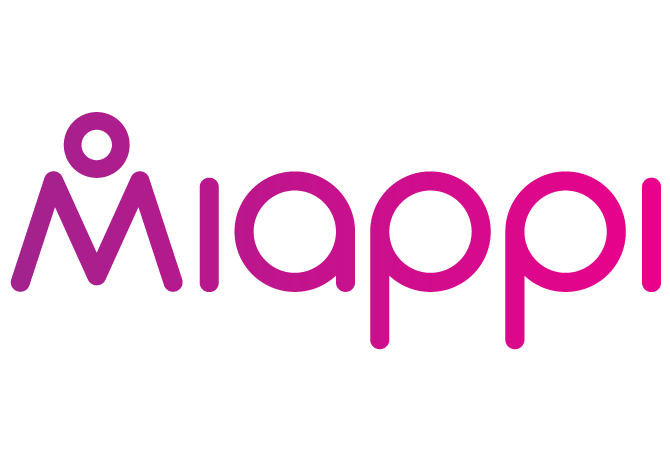Authentic Marketing in 2019 – How to Build Trust and Increase Engagement with Your Consumers

Authentic marketing is more ethical by default because the authenticity that you put into it is reflected by more openness, honesty and transparency. Instead of trying to trick people into buying your product through introductory offers, confusing trial periods and other shady marketing efforts, you can simply show the tangible value that your company has to offer through how it’s already helping other people.
That’s one of the reasons why authentic marketing is increasingly popular, and why it’s not just a 2018 trend but rather something that’s going to continue driving us into the future. It’s inevitable, in the same way that social networking inevitably leads to a more open society and how image and video based content will just continue to soar in popularity.
What is Authentic Marketing?
User-Generated Content in Consumer Marketing
This candid, user-generated content from the point of view of your employees can help to showcase your authenticity, but it can also lead to greater engagement rates and even help with your employees’ personal branding. Some companies are hesitant to support personal branding because the better someone’s personal brand is, the more likely they are to be headhunted by a recruiter. Unfortunately, that’s just part of the price that you pay, and the key is to accept that and to create a culture in which people actively want to stay.
Of course, if you can generate user-generated content from outside of the company, that’s even better. The problem is that this is easier within some industries than others, and it can also be time consuming to organize a campaign and difficult to drum up interest. We also see a lot of brands that perfect this first bit and then fail to fully take advantage of user-generated content by displaying it on their websites and at the point of sale.
Authenticity without, Authenticity within
Remember that if you want to look authentic from without, you need to start by being authentic from within. Your employees will talk about the company whether you want them to or not, which is why you should give them the freedom to talk as well as something to talk about. Don’t teach them all to just blindly follow the same elevator pitch because that’s a sure-fire way to come across as inauthentic.
If you ever have to stop to ask yourself whether something is authentic to your brand or your company, the chances are that you already know the answer and that it isn’t. When you’re being authentic, it just feels right – perhaps not what you want to hear in a data-driven marketing world, but there’s really no other way to explain it. You need to be able to recognise that feeling in the same way that a graphic designer can recognise when an image is well put together.
What’s Next?
Authentic marketing solutions
In the meantime, find ways to:
- give your employees more of a voice, both internally and when it comes to social networking sites and your overall online presence
- invite people to contribute to the company blog and encourage them to get their opinions out there
- listen to what your customers and employees are actually saying
- don’t make the mistake of assuming that just because you believe something in the boardroom, it’s what people are actually saying and thinking.
For authenticity to work, you need to make it a company-wide policy that everyone’s on board with. You need to demonstrate it through your actions as well as through your words, and you also have to know when to ignore criticism and to stick to your guns. Fantasy author Terry Pratchett once said,
“It’s not worth doing something unless someone, somewhere, would much rather you weren’t doing it.”
The same is usually true when it comes to being authentic. Authenticity is being willing to come under fire for what you believe in and to stand up for those beliefs regardless. Remember, it’s better to be hated for who you are than loved for who you’re not – even when you’re in business.



